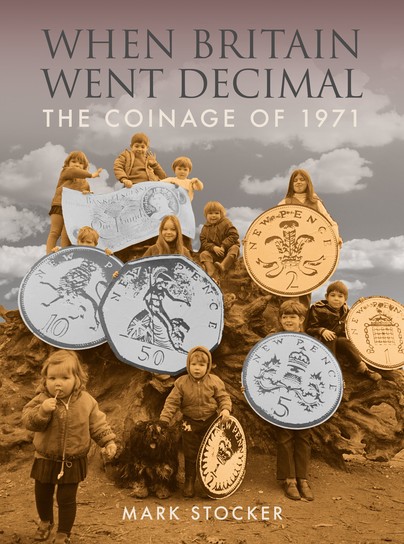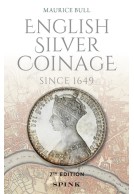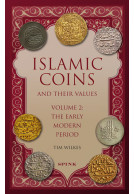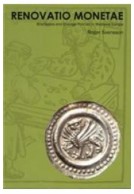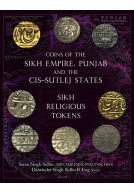When Britain Went Decimal (Hardback)
The coinage of 1971
You'll be £30.00 closer to your next £10.00 credit when you purchase When Britain Went Decimal. What's this?
+£4.99 UK Delivery or free UK delivery if order is over £40
(click here for international delivery rates)
Order within the next 3 hours, 18 minutes to get your order processed the next working day!
Need a currency converter? Check XE.com for live rates
(click here for international delivery rates)
Order within the next 3 hours, 18 minutes to get your order processed the next working day!
Need a currency converter? Check XE.com for live rates
The United Kingdom was the last major nation-state in the world to adopt decimal currency, 50 years ago in 1971. Why was it so slow to do so? What changed politicians’ and peoples’ minds about it in the 1960s? Were Britain’s plans to join the EEC influential? What was the impact of South Africa, Australia and New Zealand going decimal several years earlier? Or did it simply happen because of common sense, with a decimal system so much easier to learn and use than pounds, shillings and pence? The route to find the right designs was a complex one, with interfering politicians, struggling artists, and at one stage an angry Duke of Edinburgh! It took over five years to get there, and then there was the seven-sided 50 pence – a design classic we would say today, but what did the media and public think of it when it was launched in 1969? When Britain Went Decimal takes readers through the changeover leading to D-Day (decimalisation day), and beyond: how smooth and successful was the process? Did newspapers secretly hope it would fail? While decimalisation might have seemed right at the time, did it lead to inflation, as many people believe today? Entertainingly written and beautifully illustrated, this first book on decimalisation since 1973 attempts to answer all these questions and more, looking as much at the design – indeed the ‘art’ behind the new coinage – as at social, economic and political history.
Other titles in Spink Books...







